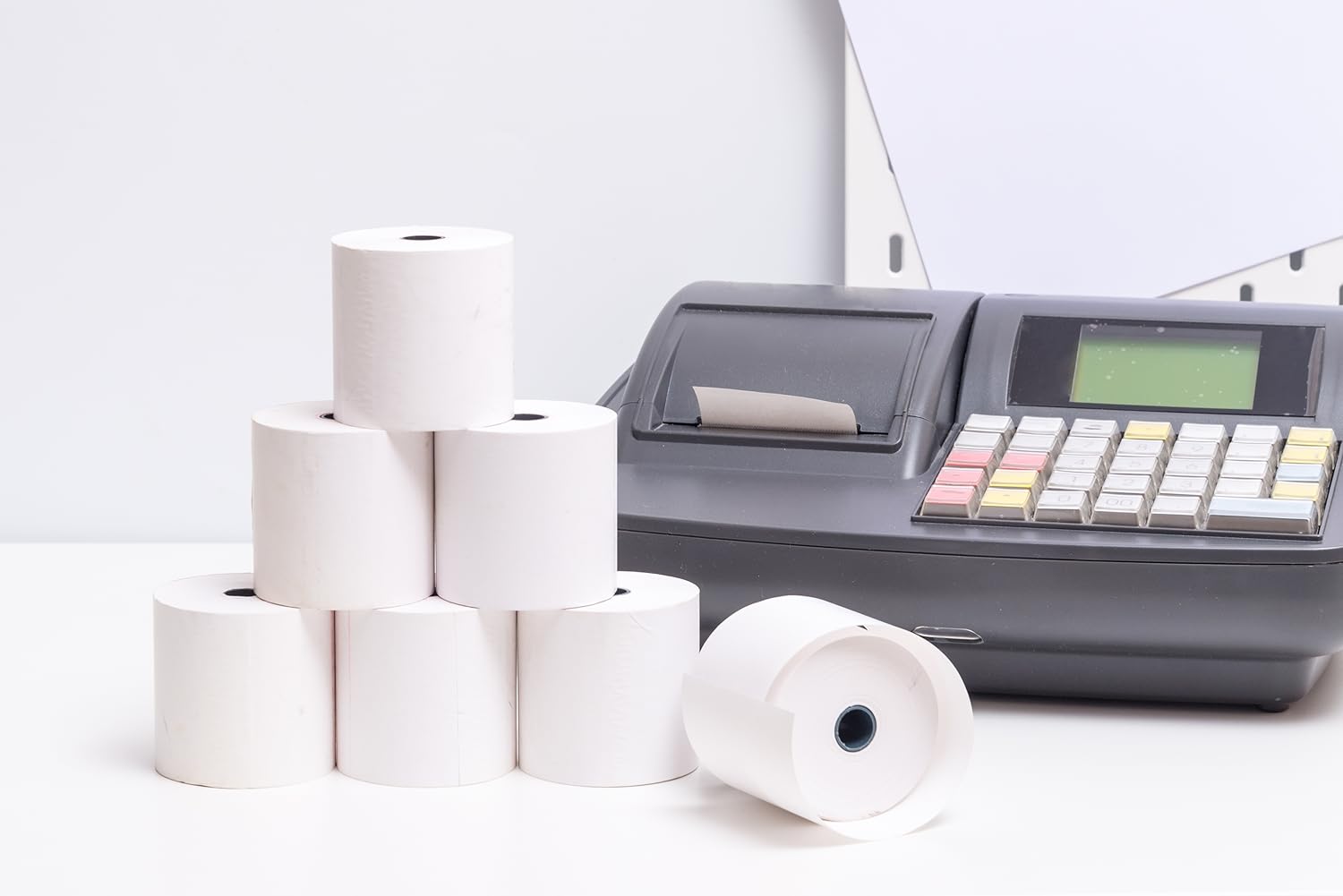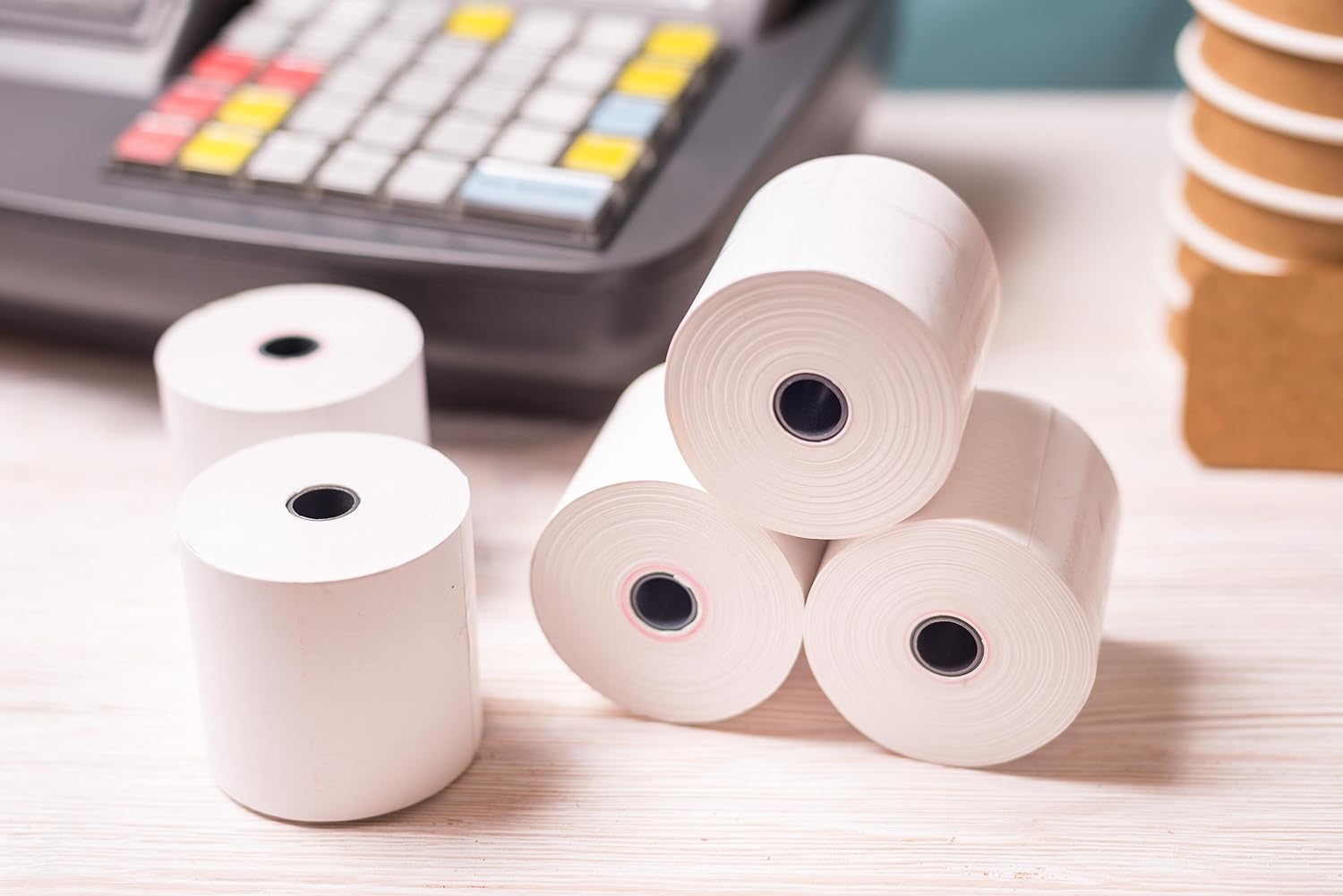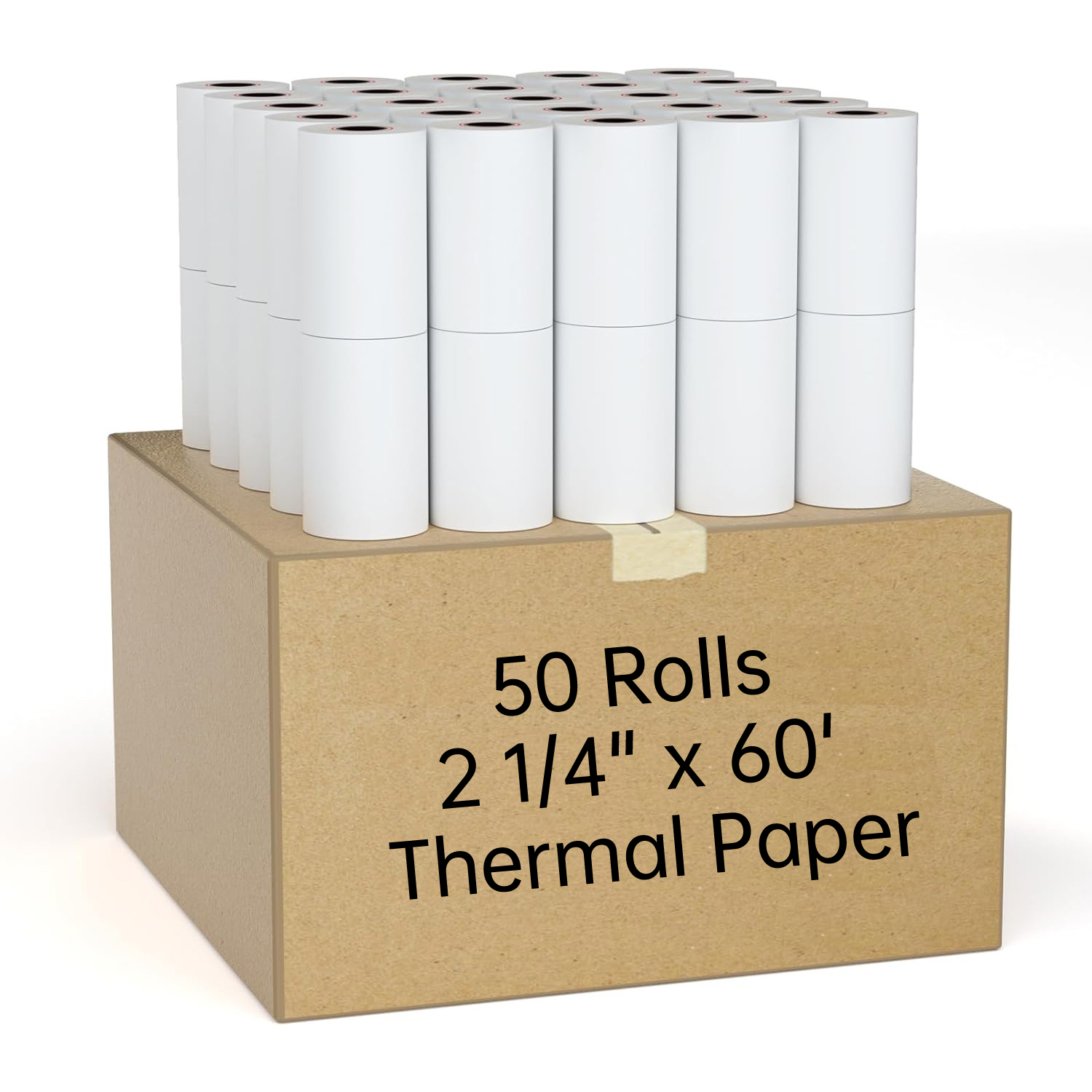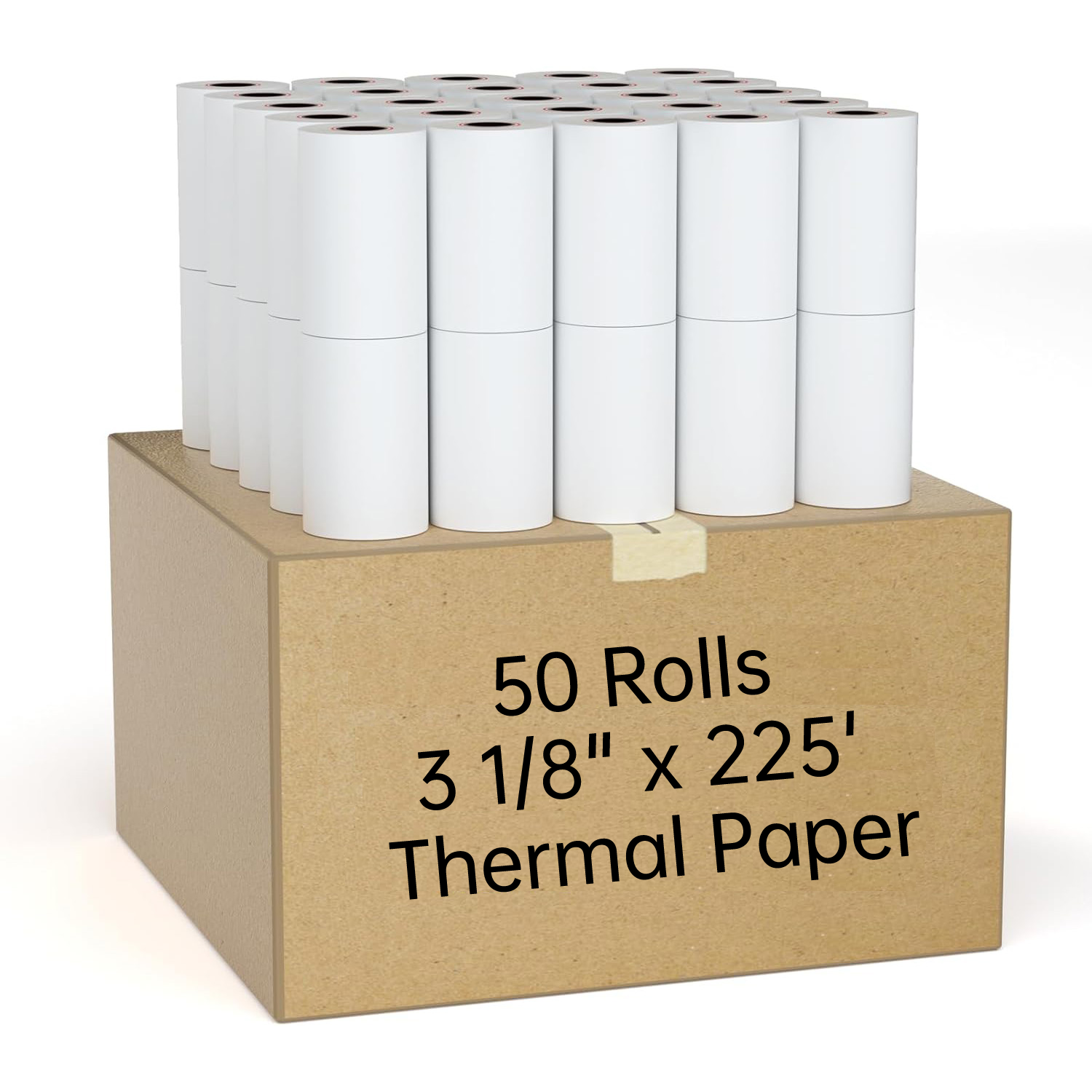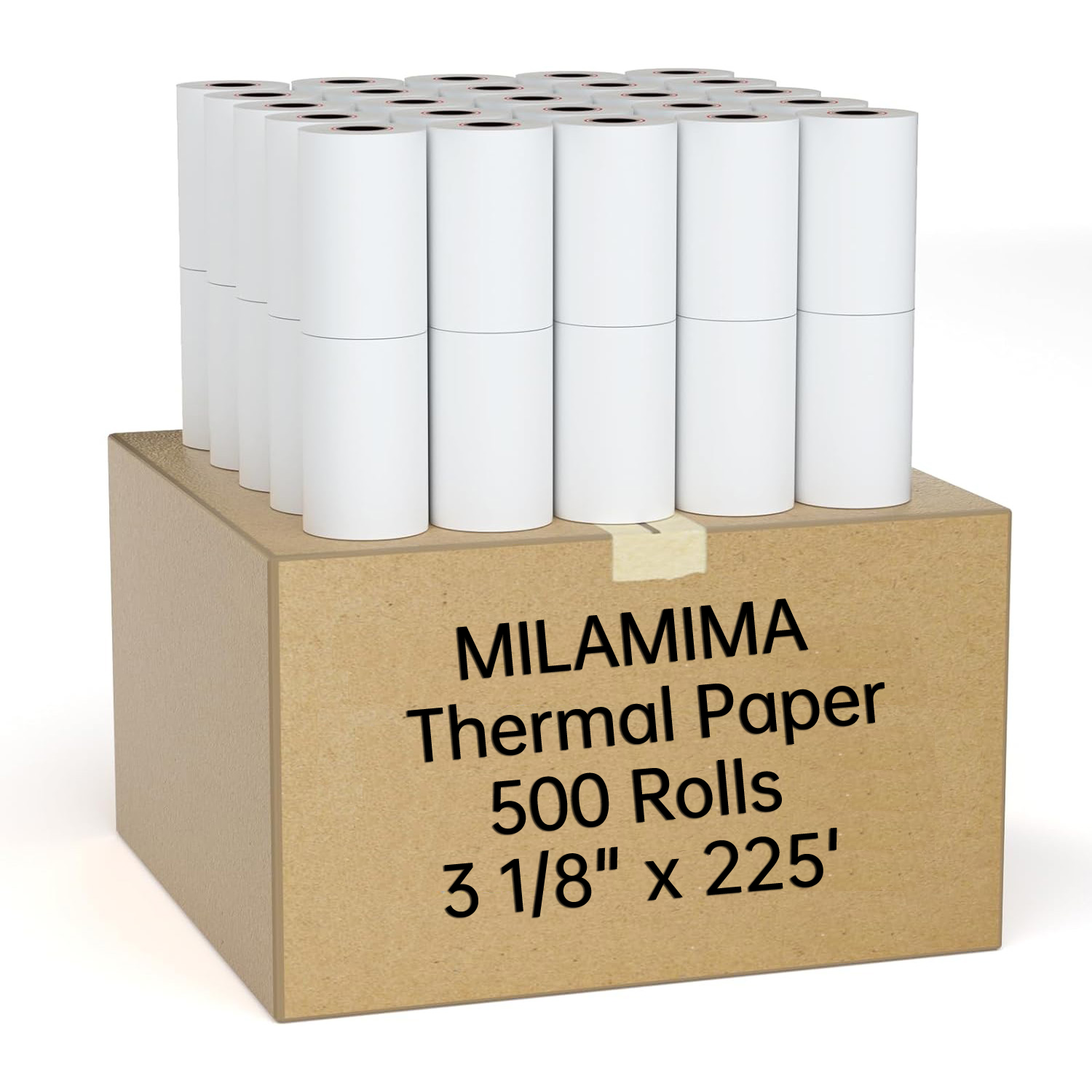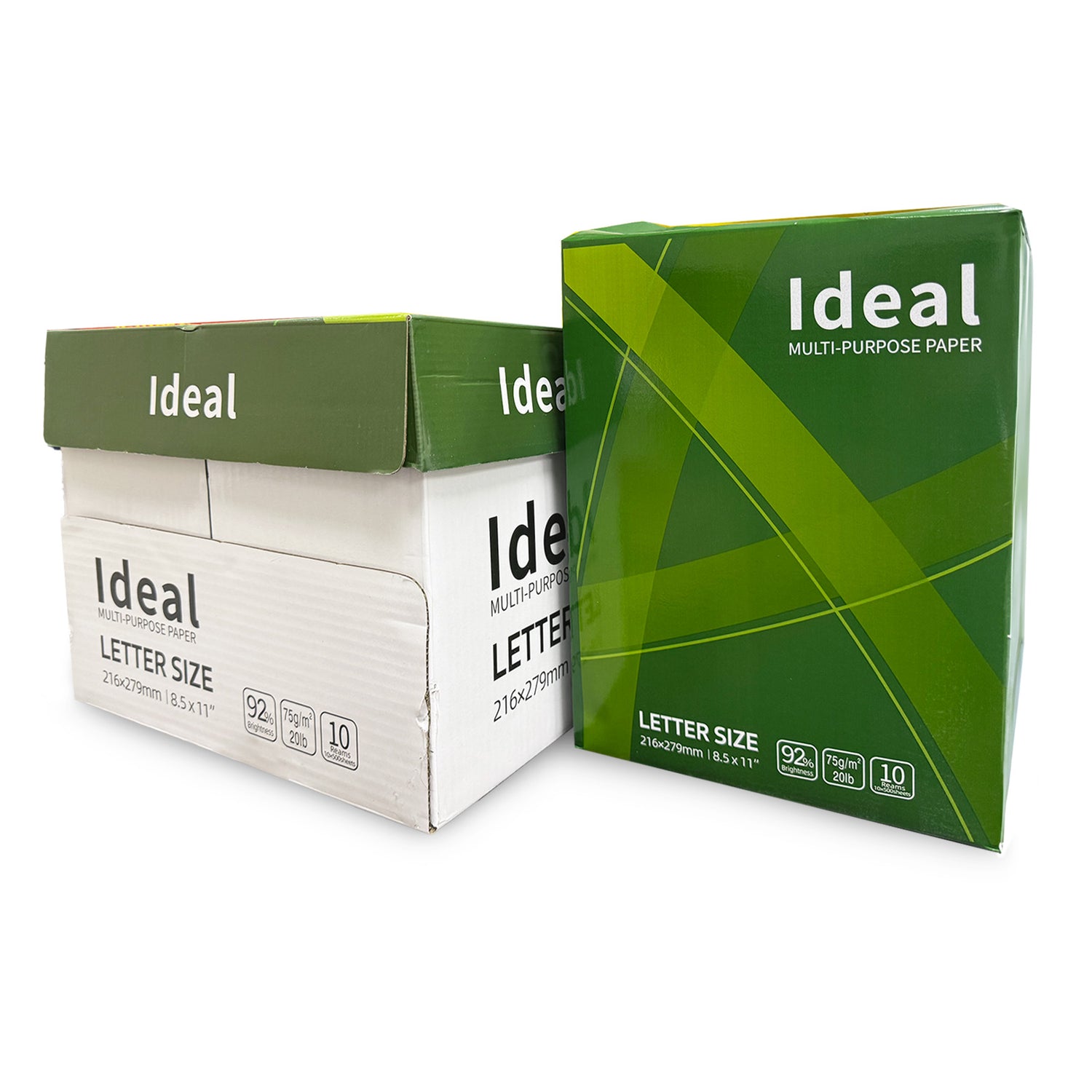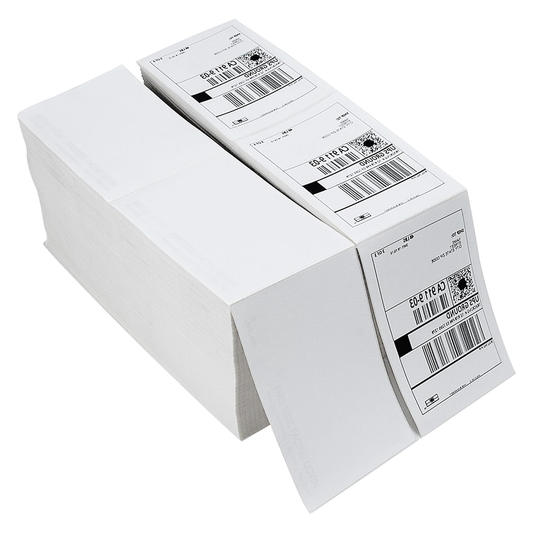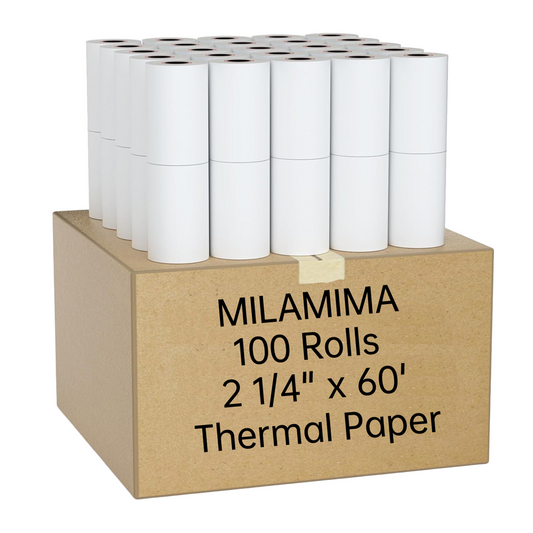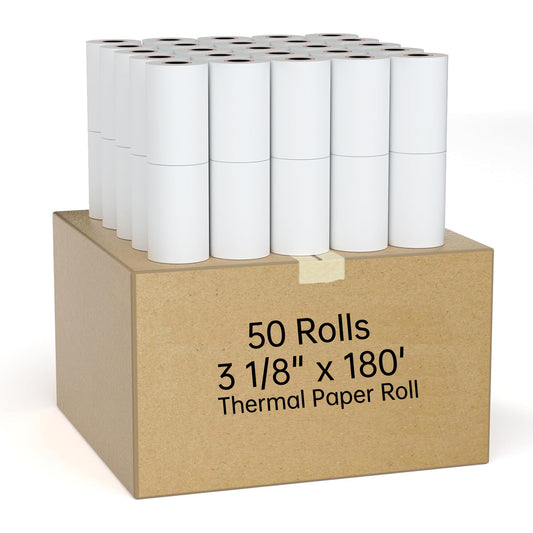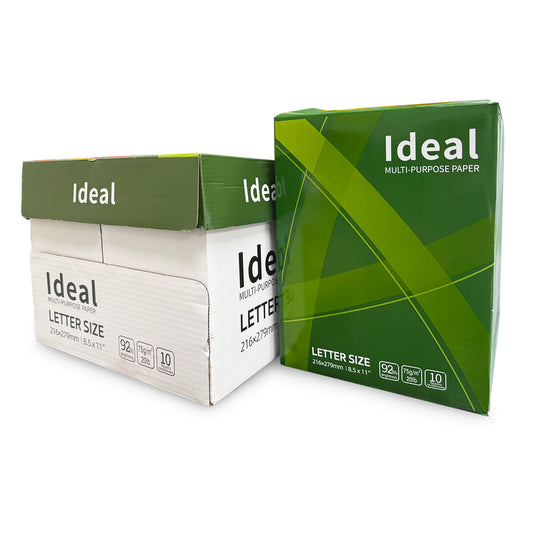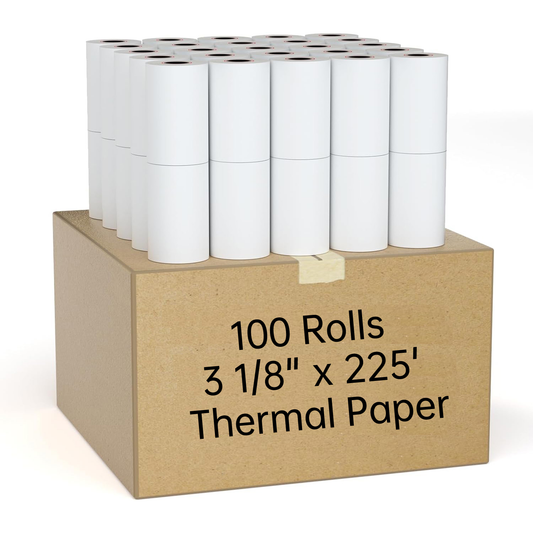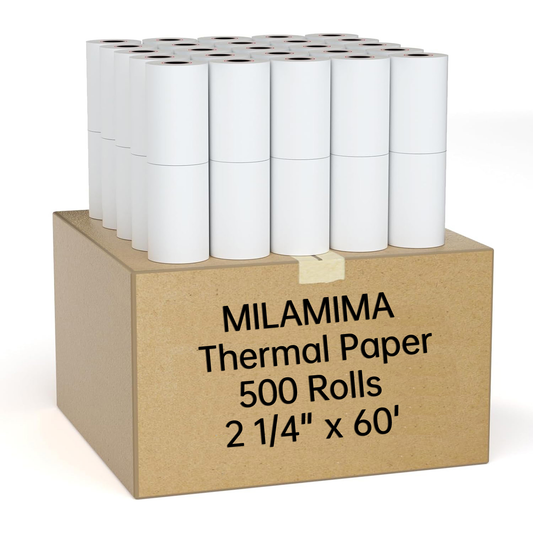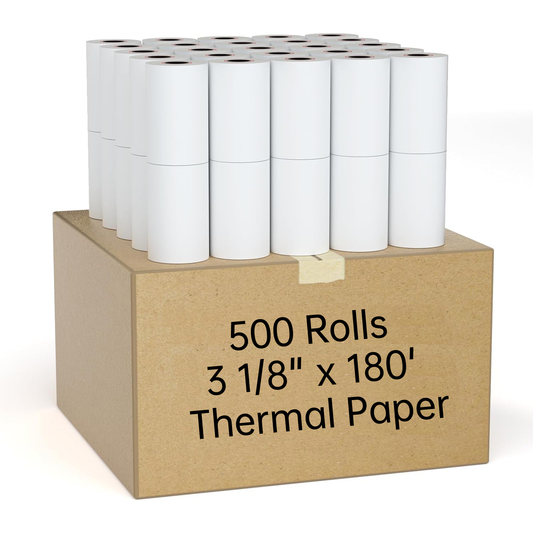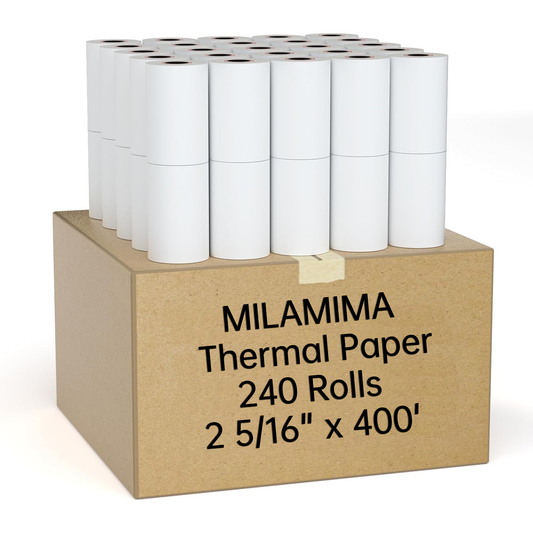When it comes to selecting the perfect pair of binoculars, the numbers you see on the side of the binoculars, such as 10x50 or 8x42, play a crucial role. Understanding these numbers will help you make an informed decision based on your specific needs. Let’s break down what these numbers mean and how they impact your binoculars' performance.
Binocular Anatomy
To fully grasp the meaning of the numbers, it’s important to understand the basic components of binoculars:
- Objective Lens: The large lenses at the front of the binoculars that gather light and help form the image.
- Ocular Lens: The lenses you look through that magnify the image formed by the objective lenses.
- Prisms: These reverse the image so it appears right-side up when viewed through the ocular lenses.
- Focus Ring: This adjusts the clarity of the image and is usually located between the two barrels of the binoculars.
- Eye Cups: These can be adjusted for those who wear glasses or for comfort.
- Diopter Adjustment: This fine-tunes the focus for differences in vision between your eyes.
- Tripod Adapter Connection: Allows you to mount the binoculars on a tripod for added stability.
What Do the Numbers on Binoculars Mean?
The numbers on binoculars are typically formatted as magnification x objective lens diameter. Here’s what each number indicates:
- Magnification (e.g., 10x): This number represents how many times closer the binoculars make an object appear compared to the naked eye. Higher magnifications, such as 15x, allow for closer views of distant objects but can be harder to stabilize without a tripod.
- Objective Lens Diameter (e.g., 50mm): This is the diameter of the front lenses, measured in millimeters. A larger diameter means the binoculars can gather more light, which improves visibility in low-light conditions. However, larger lenses also increase the size and weight of the binoculars.
For example, 10x50 binoculars offer a magnification of 10 times and an objective lens diameter of 50mm, making them suitable for low-light conditions and detailed observations. On the other hand, 8x42 binoculars provide a balance between magnification and field of view, making them versatile for various activities.
Additional Specifications
- Eye Relief: This is the distance from your eyes to the eyepiece. It’s particularly important for glasses wearers, as a longer eye relief ensures you can see the full field of view without vignetting.
- Field of View: This indicates how wide an area you can see through the binoculars at a specific distance, such as 315 feet at 1000 yards. A wider field of view is useful for scanning large areas.
- Close Focus: The minimum distance at which you can focus on an object. Important if you need to view objects that are very close to you.
Tips for Buying Binoculars
When choosing binoculars, consider how you will use them:
- For Hunting: If you need lightweight and compact binoculars with a wide field of view, an 8x42 model might be ideal.
- For Detailed Observation: If you need to observe distant objects with greater detail, consider 10x50 or higher magnification binoculars, but be prepared for increased weight and bulk.
- For Versatility: A 10x42 model offers a good balance of magnification and light-gathering capability, suitable for various applications.
Budget Considerations
Binocular prices range widely, from budget options to high-end models costing several thousand dollars. Generally, higher-priced binoculars offer better optical clarity, durability, and performance in low-light conditions. If you spend considerable time using binoculars, investing in a higher-quality model can reduce eye strain and provide a better viewing experience.
For a range of binocular options, visit SkyGenius Binoculars Collection to find the perfect pair for your needs.
Understanding these specifications will help you select the right binoculars for your specific requirements, whether you're birdwatching, hiking, or observing distant wildlife.

